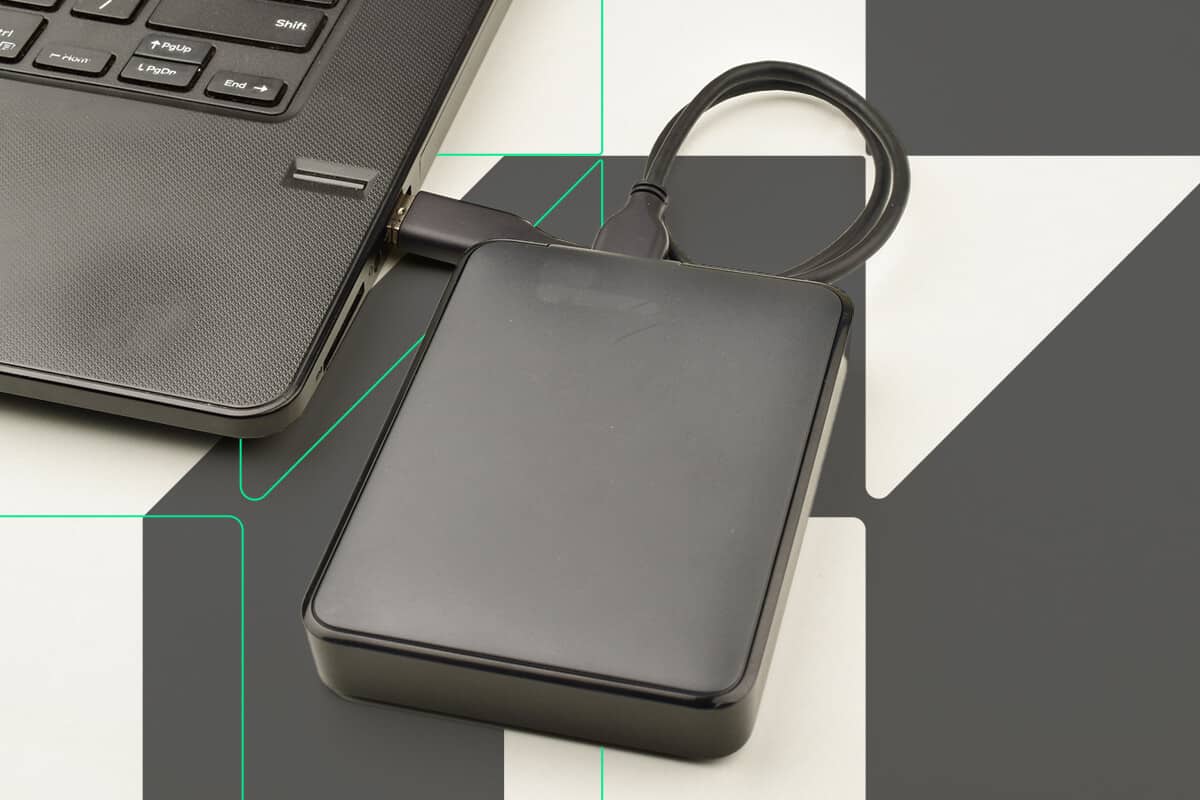Fifth generation (5G) ultra capacity (UC) marks the latest evolution in mobile networks, a journey that began in the 1980s with the advent of 1G. This technology brought analog voice calls, followed by 2G in the 1990s, introducing digital voice services. The arrival of 3G in the early 2000s enabled mobile data and internet services, while 4G, emerging in the 2010s, significantly boosted internet speeds.
Now, 5G UC revolutionizes connectivity with faster speeds, higher capacity and lower latency, promising a transformative impact on people’s interaction with technology.
What Is 5G UC’s Meaning?
5G UC is a cutting-edge development in mobile network technology. It stands out for its exceptional capacity, speed and efficiency. This technology can handle massive data at incredibly high speeds, significantly outpacing previous generations.
Critical features of this network include the following:
- Enhanced bandwidth: Allows more data to be transmitted simultaneously, ideal for high-demand applications.
- Reduced latency: Offers almost real-time communication, vital for applications like telemedicine and autonomous vehicles.
- Improved connectivity: Supports a larger number of devices simultaneously without compromising performance.
The differences between 5G UC and previous generations — like 4G/LTE — are substantial. For instance, it is much faster, with potential speeds up to 100 times faster than 4G. Moreover, it can support more devices at high speeds, making it suitable for densely populated areas and IoT devices. This 5G network also has significantly lower latency, enhancing user experience in real-time applications.
Why Your Phone Says 5G UC
If your phone says 5G UC, you either have T-Mobile as a carrier or have a T-Mobile certified smartphone. If it’s an Apple device, it is an iPhone 12 or later. You have at least a Google Pixel 6, a Galaxy S21 or a Galaxy Z Flip if you’re an Android user — those are the earliest models that support 5G connectivity.
T-Mobile’s 5G UC is exclusive — other carriers offer different network technologies. As 5G has advanced, mobile telecommunication companies have developed their own. For instance, Verizon 5G is a high-band and mid-band offering called 5G Ultra Wideband (UW). AT&T has one of their own, too, called 5G Plus.
Statistically, people are more likely to see “UC” than “UW” or “E” next to the 5G icon on their screens because T-Mobile’s network is larger. While it covers 53.8% of the country, AT&T covers 29.5% and Verizon covers only 12.7%. These figures will likely change in time as this technology progresses.
The Technical Aspects of 5G UC
T-Mobiles latest 5G network is notable for its operation on 2.5GHz frequencies. This range is a strategic choice, perfectly balancing extensive coverage and robust capacity, especially suited for urban and suburban settings.
In comparison, 4G mainly operated within megahertz frequencies and capped out at around 2.5 GHz. The highest end of its spectrum is essentially 5G’s starting point, highlighting the difference between the two mobile network standards.
One of this network’s hallmarks is enhanced bandwidth, allowing the transmission of more data at once. This increased bandwidth supports data-intensive applications, which are increasingly prevalent in the digital world.
Moreover, running on 2.5 5GHz frequencies is crucial in 5G UC’s enhanced data transmission and reception capabilities. This frequency band allows broader coverage than the higher frequency bands in other 5G networks while offering greater capacity than traditional 4G networks.
Technologies — like beamforming and multiple input, multiple output (MIMO) — are significant to this advancement. They enable the network to direct and amplify signals more efficiently, producing more robust, consistent connections.
It ensures a reliable and fast connection for each user, even in densely populated areas, solidifying this network’s position as a transformative force in mobile connectivity.
How Fast Is This 5G Network?
5G is divided into three bands. Low-band is under 1 Ghz, mid-band is 1GHz to 5 GHz and high-band is 24 GHz to 40 GHz. This mobile wireless technology is the first to take advantage of millimeter wave — commonly abbreviated as mmWave — which is a type of high-band.
Since mmWave operates on radio signal wavelengths on frequencies from 30 GHz to 300 GHz, it processes incredibly fast. T-Mobile’s 5G UC takes advantage of this technology, but mainly relies on mid-band. Still, its network is faster than its 4G LTE and 5G Extended Range offerings.
Currently, T-Mobile uses band n41, n258, n261 and n260, covering 2.5h GHz, 24 GHz, 28 GHz and 39 GHz frequencies, respectively — a mix of new radio frequency and mmWave bands. In comparison, Verizon’s 5G UW covers 29 GHz and 39 GHz. Basically, they are essentially the same despite having different branding.
However, these networks aren’t always as fast as possible. Why is 5G UC so slow sometimes? Since mmWave is easily blocked by obstacles like buildings or tall trees, it doesn’t travel far. People who aren’t in areas with good coverage may not experience optimal performance.
Although 5G is up to 100 times faster than 4G, its availability is worse. As a result, users — especially those in rural areas — may not be satisfied when conducting a speed test. For this reason, a strong 4G LTE signal is sometimes better than weak 5G one.
Its Impact on Consumer Experience
5G UC is significantly enhancing the everyday digital experience for consumers, reflecting a major shift in how people interact with their devices and online content. The adoption of 5G technology is rapidly increasing, as evidenced by how 57% of new smartphone sales are now 5G phones. This widespread adoption underscores the eagerness of consumers to leverage the benefits of 5G UC in their daily lives.
With this 5G network, mobile browsing has become an entirely new experience. Web pages load almost instantaneously, making online shopping, reading and information gathering much more efficient.
Video streaming has also seen a remarkable improvement. Consumers can now stream high-definition and 4K videos without buffering issues. Previously, this was a luxury that was often challenging with previous network generations.
This 5G network has enabled smoother, more interactive experiences for social media. Live streaming is more reliable, and uploading or downloading content is significantly faster, encouraging more engagement and content creation.
This shift to this network is also altering consumer expectations and behavior. Users now expect quick load times and seamless streaming as standard. This new expectation reflects how content providers and businesses approach their online presence.
There’s less tolerance for delays and poor connectivity, pushing companies to optimize their services for 5G UC. This new level of connectivity is setting a higher benchmark for digital services. It signals a shift toward more real-time, interactive media content across various digital platforms.
This 5G Network’s Global Reach
The deployment of UC worldwide is an ongoing process, with its presence currently concentrated in major cities. This urban focus is primarily due to the high infrastructure costs associated with rolling out this advanced technology and its limited range compared to previous network generations. As a result, users primarily in metropolitan areas experience the benefits of 5G UC first-hand. However, those in rural or less densely populated regions are still waiting for access.
The availability and performance of 5G UC vary significantly across different countries. In nations with robust technological infrastructure — like South Korea, Japan and parts of the U.S. and Europe — it rapidly expands with impressive network speeds and reliability.
However, in countries where technological development is still catching up, the rollout of 5G technology is more gradual, and the performance can be less consistent. This disparity in deployment and performance highlights the ongoing challenge of global digital inequality.
Despite these challenges, it holds the potential to bridge the digital divide globally. Its ability to provide high-speed internet with lower latency can revolutionize access in underserved areas once deployment expands beyond significant cities.
As the technology becomes more widespread and cost-effective, it can provide reliable internet access to rural and remote areas. Greater deployment fosters greater digital inclusion, opening up new opportunities for education, business and communication worldwide.
The Future with 5G UC
In the future, this network can evolve further, enhancing its capabilities and coverage. There can be advancements in network efficiency, broader coverage extending into rural areas and integration with emerging technologies — like AI and the IoT — leading to innovative applications in various sectors.
However, challenges like high deployment costs and the need for extensive infrastructure upgrades pose hurdles to widespread adoption. Solutions may include government initiatives, public-private partnerships and technological advancements to reduce costs and improve network reach.
As stakeholders address these challenges, 5G UC will increasingly become a cornerstone in shaping future technology trends, driving forward areas — like smart cities, autonomous vehicles and advanced telemedicine — fundamentally altering how people interact with technology in their daily lives.
The Future of Mobile Networks As 5G Advances
The landscape of mobile networks is undergoing a remarkable transformation with the advent of this 5G network, marking a significant leap in speed, capacity and efficiency from previous generations.
As this technology evolves and expands its reach, it promises to unlock new potentials and reshape people’s digital experiences. It’s an exciting time to witness and participate in this technological revolution, and staying informed about the latest developments in 5G UC is crucial.
Whether a tech enthusiast, a professional in the field or someone who enjoys the perks of advanced connectivity, keeping up with these advancements will ensure you’re at the forefront of this rapidly changing and thrilling digital landscape.
Recent Stories
Follow Us On
Get the latest tech stories and news in seconds!
Sign up for our newsletter below to receive updates about technology trends




